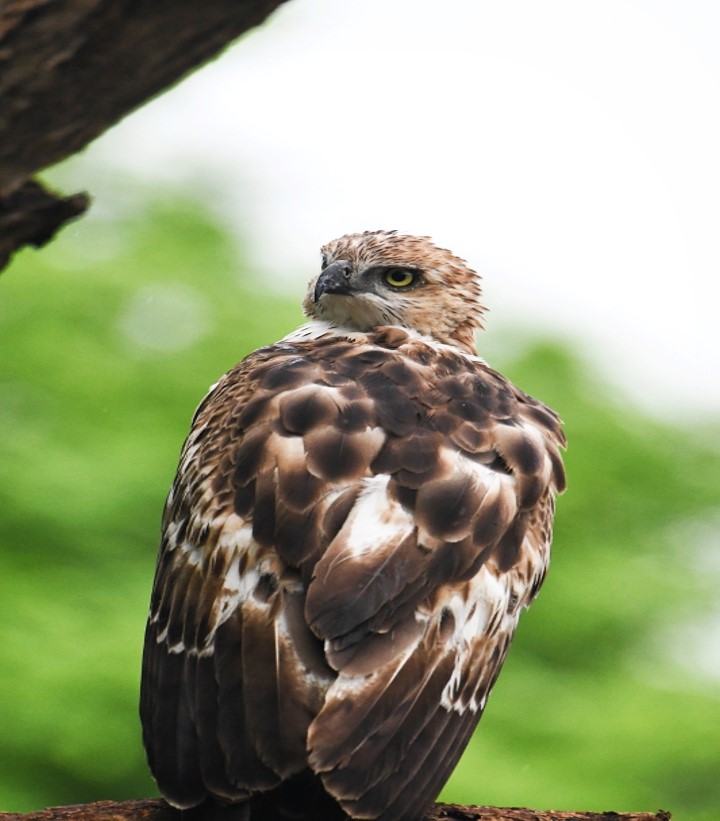Bird watching, or birding, is a popular recreational activity that involves observing and identifying birds in their natural habitats. Enthusiasts, known as bird watchers or birders, often use binoculars and field guides to aid in species identification. The activity appeals to people of all ages and backgrounds, from casual observers to dedicated ornithologists.
Bird watchers seek out various environments such as forests, wetlands, parks, and even urban areas to spot different species of birds. They may keep a record of their sightings in a notebook or through digital platforms like birding apps.
Beyond simply identifying birds, bird watchers also appreciate their behaviors, calls, and migratory patterns. This hobby fosters an appreciation for nature conservation and biodiversity, as bird watchers often contribute valuable data to scientific research and conservation efforts.
Overall, bird watching offers both a peaceful pastime and an opportunity for deeper connections with the natural world, making it a fulfilling and educational pursuit for many.





To make oneself experience the beauty and depth of wilderness and to get educated about the need to conserve forests and wildlife.
Each season brings its own beauty. If you want to witness the sight of dense, lush green forests, you are advised to visit during monsoon.
Beginners often use field guides that categorize birds by size, color, and markings. Online resources and birding apps can provide This is not guaranteed. The encounter of any animal in the wild is always by chance. Nothing can be guaranteed with respect to any animal. additional information and help confirm identifications based on habitat and behavior.
Summers and late winters are the best time to sight tigers as the animals come
near saucer pits and waterbodies in search of water.
Mornings and late evenings are the best time when the bird activity will be at the peak.
The most common birds are Oriental Magpie Robin, Jungle Babbler, Common tailorbird, Tickell’s Blue flycatcher, Greater Coucal, Gray Hornbill, Red wattled Lapwing, Green Imperial Pigeon, Common Hawk Cuckoo, Indian Cuckoo, Changeable Hawk Eagle, Gray Junglefowl, Indian Peafowl etc.
Currently we have accommodation facility in Nallamala Jungle Camp, Bairluty and
Nallamala Jungle Camp, Pacherla and in Rollapadu.
There are 5 different places in which visitors visit NSTR. And the exact distances from popular places to these locations is given in “How to Reach” column.
Yes, we do have guides accompanying the tourists in Gypsies.
